Literary rating: ★★
Kick-butt quotient: ☆☆☆
The 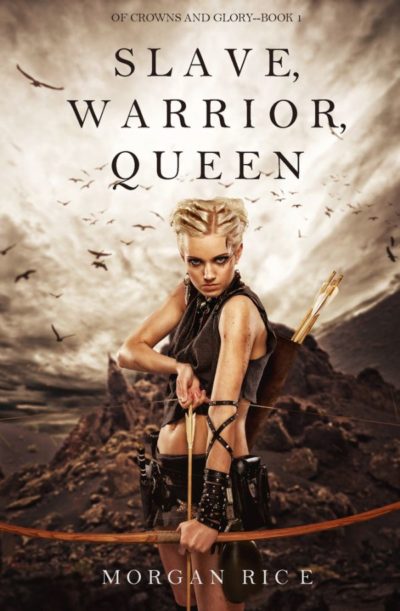 author is certainly prolific: this series, Of Crowns and Glory is eight books, yet only her third-longest, not even half the length of The Sorceror’s Ring. Unfortunately, based on this, what she delivers in volume, is negated by the low quality. The first problem is the setting, which is a lazy version of ancient Rome, right down to a population kept in thrall by gladiatorial games. Except, it’s actually “Delos”, which seems a convenient way for the author to avoid having to do any research; she can then make up whatever she wants, since it’s not a “real” place. You certainly don’t get much sense of it being a world into which much thought has been put.
author is certainly prolific: this series, Of Crowns and Glory is eight books, yet only her third-longest, not even half the length of The Sorceror’s Ring. Unfortunately, based on this, what she delivers in volume, is negated by the low quality. The first problem is the setting, which is a lazy version of ancient Rome, right down to a population kept in thrall by gladiatorial games. Except, it’s actually “Delos”, which seems a convenient way for the author to avoid having to do any research; she can then make up whatever she wants, since it’s not a “real” place. You certainly don’t get much sense of it being a world into which much thought has been put.
The heroine is 17-year-old Ceres, whose father is a weapon-smith to the monarchy, though this brings in barely enough money for the family to survive. When he has to go off to try and earn his fortune, Ceres is on thin ice, because her mother tries to sell her. She runs away, and gets a job in the palace, becoming the “squire” (for want of a better word) to Prince Thanos, the only member of the ruling class who is not a scumbag, and is as handsome as he is moral. [Insert eye-rolling here. Just once, I’d like to read about a character who was smart, kind and ugly…] Elsewhere, Ceres’s brother and boyfriend have taken up arms as part of a rebellion against cruel King Claudius.
You can probably figure out where the rest of this goes, with Thanos having a jealous fiancée, while Ceres bounces in and out of dungeons, and has unexplained magical powers that manifest only when necessary to the plot. The last is a particular annoyance, not least because her upbringing has led Ceres to be not exactly short of combat skills herself, in defiance of society’s mores. This aspect is sadly underdeveloped, and she spends more time moping in cells than putting her skills to use. Although the cliff-hanger ending, with Ceres thrown into the gladiatorial arena as a political pawn, suggests more might perhaps be made of this in ensuing volumes. And is it wrong of me to mention that she never even touches a bow, as the cover depicts? On further investigation, it’s a stock photo, used by at least one other novel…
The plot and characters might also have been bought off-the-shelf, since they are hardly any less generic. The simplistic politics on view are particularly irritating, with noble peasants being relentlessly oppressed by their cruel overlords (Thanos excepted). The story keeps cutting back and forth between the palace intrigue and the rebellion, and the two sides never manage to mesh: the latter seems more an annoying distraction than anything. Rice does deserve credit for killing off some unexpected characters, which provides some sense of peril. But the ratio of title present here is about 80% slave to 20% warrior, with queen present only at trace, “produced in a facility which processes peanuts” levels.
Author: Morgan Rice
Publisher: Amazon Digital Services, available through Amazon as an e-book or paperback.
Book 1 of 8 in the Of Crowns and Glory series.





 This dates back to 2006, and was somewhat groundbreaking at the time, due to the very high volume of digital effects and CGI background work – it came out was three years before Avatar, as a yardstick. The key word here, however, is “volume”. For the effects make up for in quantity what they largely lack in quality, although you have to be impressed at the sheer ambition on view, especially when you don’t have a fraction of the resources which were available to James Cameron. More problematically, also missing is the skill necessary to handle a narrative, where there is simultaneously too much and not enough going on. The former is apparent in entire universe building which has to be accomplished in hard to digest expository chunks, and the latter makes itself known, courtesy of long stretches which are as devoid of interesting features as the Arizona landscapes in which they were shot.
This dates back to 2006, and was somewhat groundbreaking at the time, due to the very high volume of digital effects and CGI background work – it came out was three years before Avatar, as a yardstick. The key word here, however, is “volume”. For the effects make up for in quantity what they largely lack in quality, although you have to be impressed at the sheer ambition on view, especially when you don’t have a fraction of the resources which were available to James Cameron. More problematically, also missing is the skill necessary to handle a narrative, where there is simultaneously too much and not enough going on. The former is apparent in entire universe building which has to be accomplished in hard to digest expository chunks, and the latter makes itself known, courtesy of long stretches which are as devoid of interesting features as the Arizona landscapes in which they were shot. McCarthy appears to be Feig’s muse, having starred in his last four movies, from Bridesmaids through this, and then on to
McCarthy appears to be Feig’s muse, having starred in his last four movies, from Bridesmaids through this, and then on to 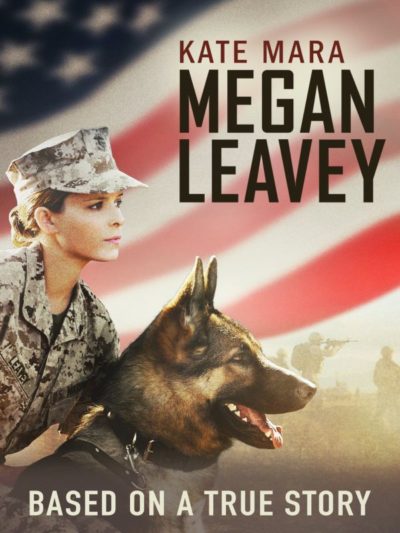 The crossing of war and animal genres of film isn’t one with much precedent, and you can see why: it would be difficult to balance those disparate elements. While this does a laudable effort, and manages to avoid sliding too far into the slippery road of sentimentality, it offers few surprises, even if you don’t know the true story on which it’s based.
The crossing of war and animal genres of film isn’t one with much precedent, and you can see why: it would be difficult to balance those disparate elements. While this does a laudable effort, and manages to avoid sliding too far into the slippery road of sentimentality, it offers few surprises, even if you don’t know the true story on which it’s based. It would, certainly, be easy to look at the poverty-row production values here, and dismiss this contemptuously as a bad film. I mean, the very first shot supposedly sets the scene at the infamous New England house in 1892, where Lizzie Borden took an axe and gave her mother forty whacks. But
It would, certainly, be easy to look at the poverty-row production values here, and dismiss this contemptuously as a bad film. I mean, the very first shot supposedly sets the scene at the infamous New England house in 1892, where Lizzie Borden took an axe and gave her mother forty whacks. But 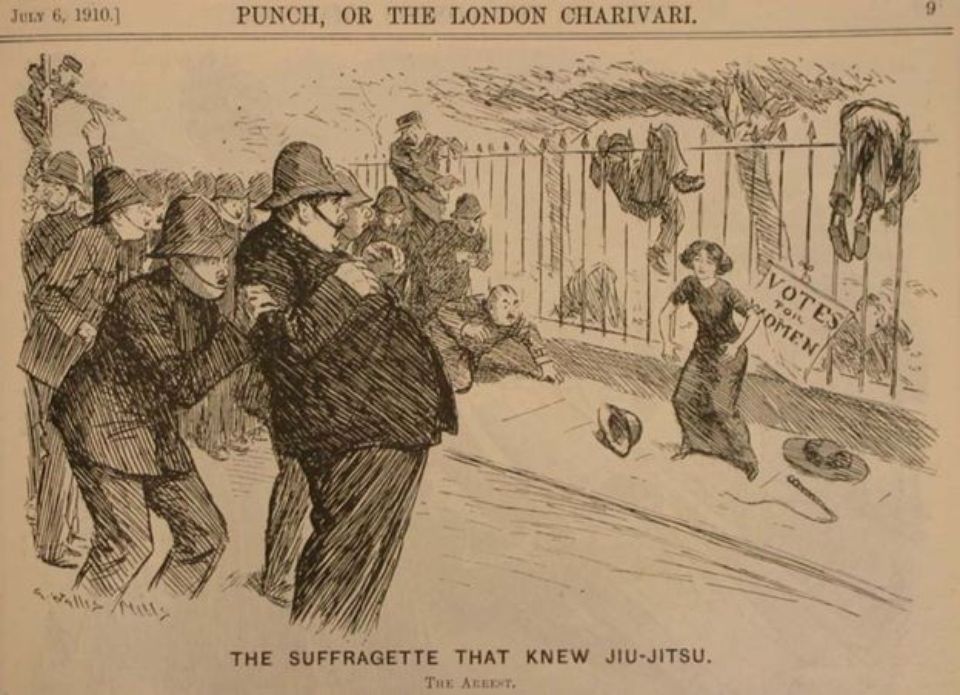
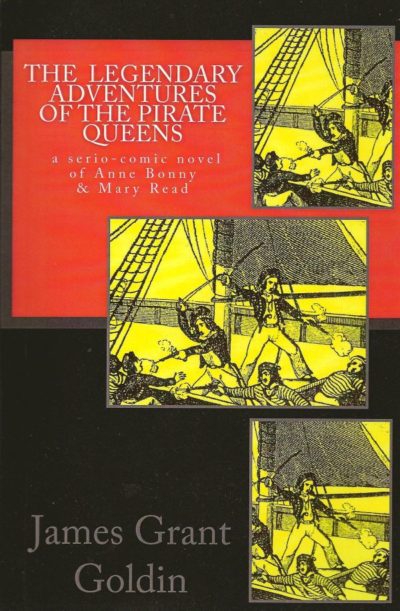 “Two women with swords was a sight that none of Vane’s men had ever imagined. It was like seeing a two-headed snake; one such monster would be a freak of nature, while two would indicate a terrible new species.”
“Two women with swords was a sight that none of Vane’s men had ever imagined. It was like seeing a two-headed snake; one such monster would be a freak of nature, while two would indicate a terrible new species.” This feels like a low-budget project in many ways, but manages to punch above its weight, in part due to an impressive supporting cast. While Lou Diamond Phillips, Danny Trejo and Steven Bauer are nowhere near as important as their names on the cover might suggest, their presence provide a solid foundation on which the less well-known members of the cast can build. In particular, Danay García as Loca; having bailed on Fear the Walking Dead after about two episodes, I wasn’t aware of her, but on the basis of this, she’s a name on whom we’ll be keeping an eye.
This feels like a low-budget project in many ways, but manages to punch above its weight, in part due to an impressive supporting cast. While Lou Diamond Phillips, Danny Trejo and Steven Bauer are nowhere near as important as their names on the cover might suggest, their presence provide a solid foundation on which the less well-known members of the cast can build. In particular, Danay García as Loca; having bailed on Fear the Walking Dead after about two episodes, I wasn’t aware of her, but on the basis of this, she’s a name on whom we’ll be keeping an eye.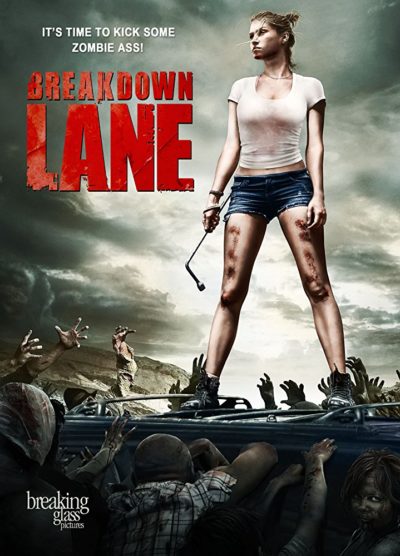 An initial twist on the zombie apocalypse and an appealing heroine aren’t enough to save this. By the end, while said heroine has transformed into a mayhem-dealing machine, any fresh elements have been discarded, for a low-budget rehash of ones which we’ve seen far too often already. It starts intriguingly, with Kirby Lane (Moore) “ambushed” by a woman in a camper with a sick man at a gas station, while on the way to meet her boyfriend (Cushing). When her car breaks down in the middle of absolutely nowhere, the only connection to the outside world is Max (Howell), the agent for her on-board emergency help provider. But things in the outside world are deteriorating rapidly, and the tow-truck Max dispatches… well, let’s just say, it might be a while. Meanwhile, Kirby has to handle the perils which threaten her, including humans both infected and cannibalistic, as she tries to fulfill her promise to link up with Max.
An initial twist on the zombie apocalypse and an appealing heroine aren’t enough to save this. By the end, while said heroine has transformed into a mayhem-dealing machine, any fresh elements have been discarded, for a low-budget rehash of ones which we’ve seen far too often already. It starts intriguingly, with Kirby Lane (Moore) “ambushed” by a woman in a camper with a sick man at a gas station, while on the way to meet her boyfriend (Cushing). When her car breaks down in the middle of absolutely nowhere, the only connection to the outside world is Max (Howell), the agent for her on-board emergency help provider. But things in the outside world are deteriorating rapidly, and the tow-truck Max dispatches… well, let’s just say, it might be a while. Meanwhile, Kirby has to handle the perils which threaten her, including humans both infected and cannibalistic, as she tries to fulfill her promise to link up with Max.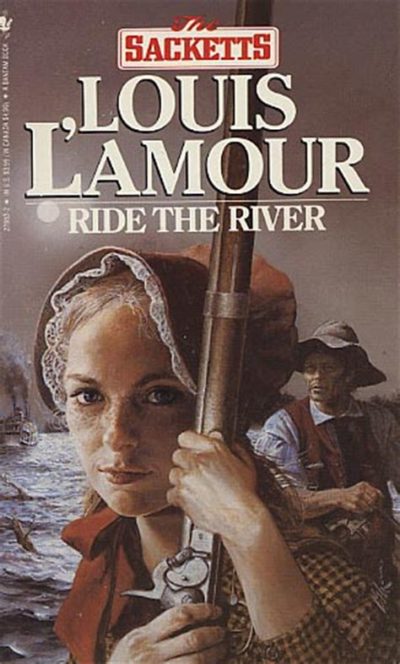 Goodreads characterizes this novel, set in 1840, as the fifth volume in the author’s Sackett series. The fictional Sackett family, in L’Amour’s writings, are descended from tough, larger-than-life Barnabas Sackett, who emigrated to America in the 1600s and settled on the frontier, and who laid down a law for his descendants that whenever a Sackett was in trouble, the rest were bound to lend their aid. This book is indeed about a Sackett, and no doubt chronologically the fifth in that sequence. But the sequence forms a multi-generational saga in which the individual books are generally about different people; though some knowledge of the family origins, as mentioned above, might be helpful (and is repeated in the text of this book, for readers who didn’t read the series opener), they can be read perfectly well as stand-alones. (I haven’t read any of the other Sackett novels.) L’Amour also wrote sequences of novels and stories about two other fictional families that bred adventurous pioneers, the Chantrys and the Talons, whose paths sometimes cross those of the Sacketts –and the paths of a couple of the Chantrys will bring them into this tale as well.
Goodreads characterizes this novel, set in 1840, as the fifth volume in the author’s Sackett series. The fictional Sackett family, in L’Amour’s writings, are descended from tough, larger-than-life Barnabas Sackett, who emigrated to America in the 1600s and settled on the frontier, and who laid down a law for his descendants that whenever a Sackett was in trouble, the rest were bound to lend their aid. This book is indeed about a Sackett, and no doubt chronologically the fifth in that sequence. But the sequence forms a multi-generational saga in which the individual books are generally about different people; though some knowledge of the family origins, as mentioned above, might be helpful (and is repeated in the text of this book, for readers who didn’t read the series opener), they can be read perfectly well as stand-alones. (I haven’t read any of the other Sackett novels.) L’Amour also wrote sequences of novels and stories about two other fictional families that bred adventurous pioneers, the Chantrys and the Talons, whose paths sometimes cross those of the Sacketts –and the paths of a couple of the Chantrys will bring them into this tale as well.